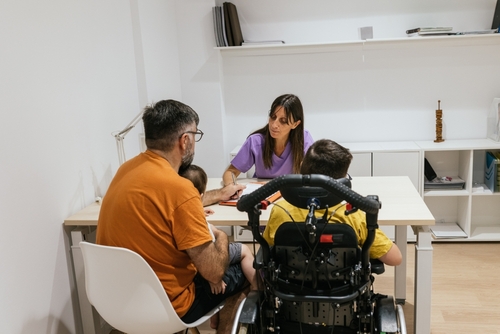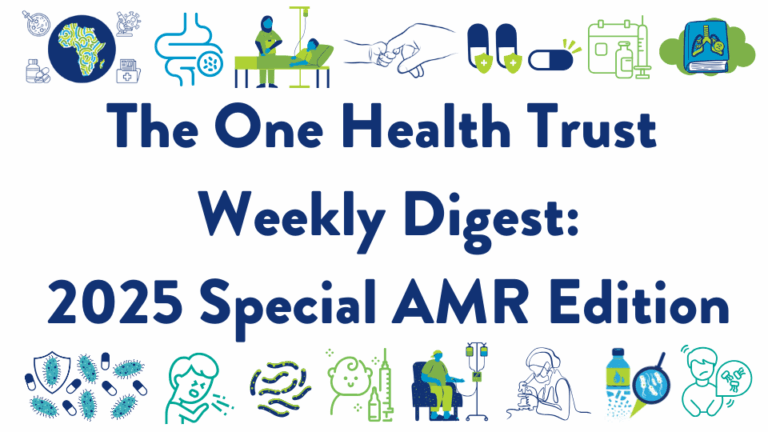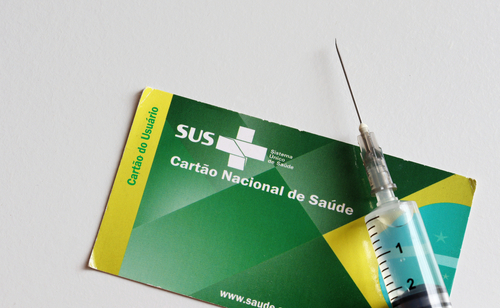September 14, 2020

COVID-19
Ethical strategy for fair distribution of COVID-19 vaccines proposed by experts. The Fair Priority Model was introduced by experts as an ethically defensible and practical proposal for the fair distribution of COVID-19 vaccine. The Fair Priority Model proceeds in three phases, where phase 1 aims at reducing premature deaths and other irreversible direct and indirect health impacts, phase 2 continues to address enduring health harms but additionally aims at reducing serious economic and social deprivations such as the closure of nonessential businesses and schools and phase 3 aims at reducing community transmission. The fair priority model is based on three values: (1) benefiting people and limiting harm, (2) prioritizing the disadvantaged, and (3) equal moral concern, and represents a promising framework for fair vaccine distribution across countries. [Science]
Convalescent plasma ineffective at treating COVID-19, large trial finds. In the largest randomized trial to date, researchers in India found convalescent plasma ineffective at treating COVID-19. The study found no association between convalescent plasma treatment and reduced mortality or progression to severe COVID-19 among the 464 patients enrolled. Death and progression to severe COVID-19 was reported in 13.6 and 18.7 percent of patients randomized to receive convalescent plasma compared to 14.6 and 17.9 percent of controls, respectively. The study has yet to be peer-reviewed, but authors note the high generalizability of the results especially in settings with limited laboratory capacity. [medrxiv]
Russian COVID-19 vaccine shows success in early trials, warranting further study. Researchers in Russia tested the safety of two vector-based COVID-19 vaccine formulations containing the gene for SARS-CoV-2 spike glycoprotein in two open, non-randomized phase I/II studies, each involving 38 healthy volunteers aged 18–60 years. The trials revealed that both vaccine formulations were safe and well tolerated, with no serious adverse events reported. Immune responses consisting of both humoral and cellular immune responses at day 42 were detected, leading the authors to conclude that further investigation is warranted into the effectiveness of these vaccine formulations for prevention of COVID-19. [The Lancet]
Americans obeyed initial stay-at-home orders, but movement spiked after restrictions relaxed. Researchers from CDC and Georgia Tech Research Institute analyzed publicly accessible, anonymized location data to assess changes in population movement relative to stay-at-home orders between March 1 and May 31, 2020 in the US. The study revealed a decrease in population movement in the 14-day period immediately after the first state issued a stay-at-home order. Median population movement decreased in 97.6% of the 2,351 counties for which data was available; however, the period after the first state relaxed a stay-at-home order was associated with increased population movement even among states or territories that had not relaxed a stay-at-home order in the same period. While stay-at-home orders represent an important community mitigation strategy, additional studies are needed to assess the effects of its timing and implementation. [CDC MMWR]
COVID-19 leads to 3-fold increase in depression symptoms among US adults. Findings from two nationally representative surveys revealed that depression symptoms have more than tripled in US adults amid the COVID-19 pandemic, from 8.5 percent in 2017-18 to 27.8 percent in early April 2020. Individuals with a lower income, < $5000 in savings, and those experiencing more stressors such as job loss, had a significantly higher risk of reporting depression symptoms during the COVID-19 pandemic (OR= 2.37, 1.52, 3.05, respectively). Study authors emphasize the importance preparing for a spike in mental illness post-pandemic. [JAMA Network Open]
Drug Resistance and Global Health
Hotspots of vaccine hesitancy identified in global modelling analysis. A modelling study including data from 290 nationally-representative surveys identified great variation in vaccine confidence across the world between 2015 and 2019, with public trust in the safety of vaccines increasing in the European Union and decreasing in countries experiencing political instability and religious extremism. The analysis found that confidence in vaccine safety increased from 47 percent in 2018 to 52 percent in 2019 across the United Kingdom, and decreased significantly between 2015 and 2019 in Azerbaijan, Afghanistan, Indonesia, Nigeria, Pakistan, and Serbia. Within the study period, overall confidence in vaccines dropped in Indonesia, the Philippines, Pakistan, and South Korea, with Indonesia reporting the largest reductions in perceived safety (14 percent), importance (15 percent), and effectiveness (12 percent) worldwide. Researchers found that confidence in the importance of vaccines was most strongly correlated with vaccine uptake, as opposed to confidence in safety or effectiveness. Authors emphasize the importance of investing in vaccine safety and communication. [The Lancet]
Unnecessary antibiotic prescribing common among Kenyan children. Results from a cohort study of nearly 6,000 children in Kenya between 2014 and 2017 suggest that antibiotic prescribing is common among febrile children (68 percent), despite low rates of bacterial infections (28 percent). Lack of diagnostic testing in this setting creates a challenge for clinical management of pediatric infections, although the implementation of clinical education and enhanced guidelines could benefit providers. [Clinical Infectious Diseases]
Lab intervention tied to reduced antibiotic prescribing in small proportion of patients. Researchers conducted a prospective observational cohort study involving medical and surgical inpatients with an order for midstream urine (MSU) culture in a tertiary-care hospital, which revealed that discontinuation of the processing of MSU cultures from medical and surgical inpatient units was safe and sustainable, and reduced antibiotic prescriptions for ASB at a cost of prolonged urinary symptoms in a small proportion of patients (0.6%). [Infection Control and Hospital Epidemiology]
Most countries won’t meet target to reduce premature deaths from chronic diseases by 2030. An important target of the non-communicable diseases (NCDs) countdown 2030 aims to reduce premature mortality from NCDs by a third by 2030 relative to 2015 levels. The indicator used to measure progress towards this target is the cumulative probability of dying from four NCDs: cancers, cardiovascular diseases, chronic respiratory diseases, and diabetes. Although premature mortality from NCDs is declining in most countries, for most the target won’t be met without specific actions and interventions aimed at accelerating progress. For most countries, tobacco and alcohol control and effective health-system interventions are deemed as essential components of the national strategies. [The Lancet]











